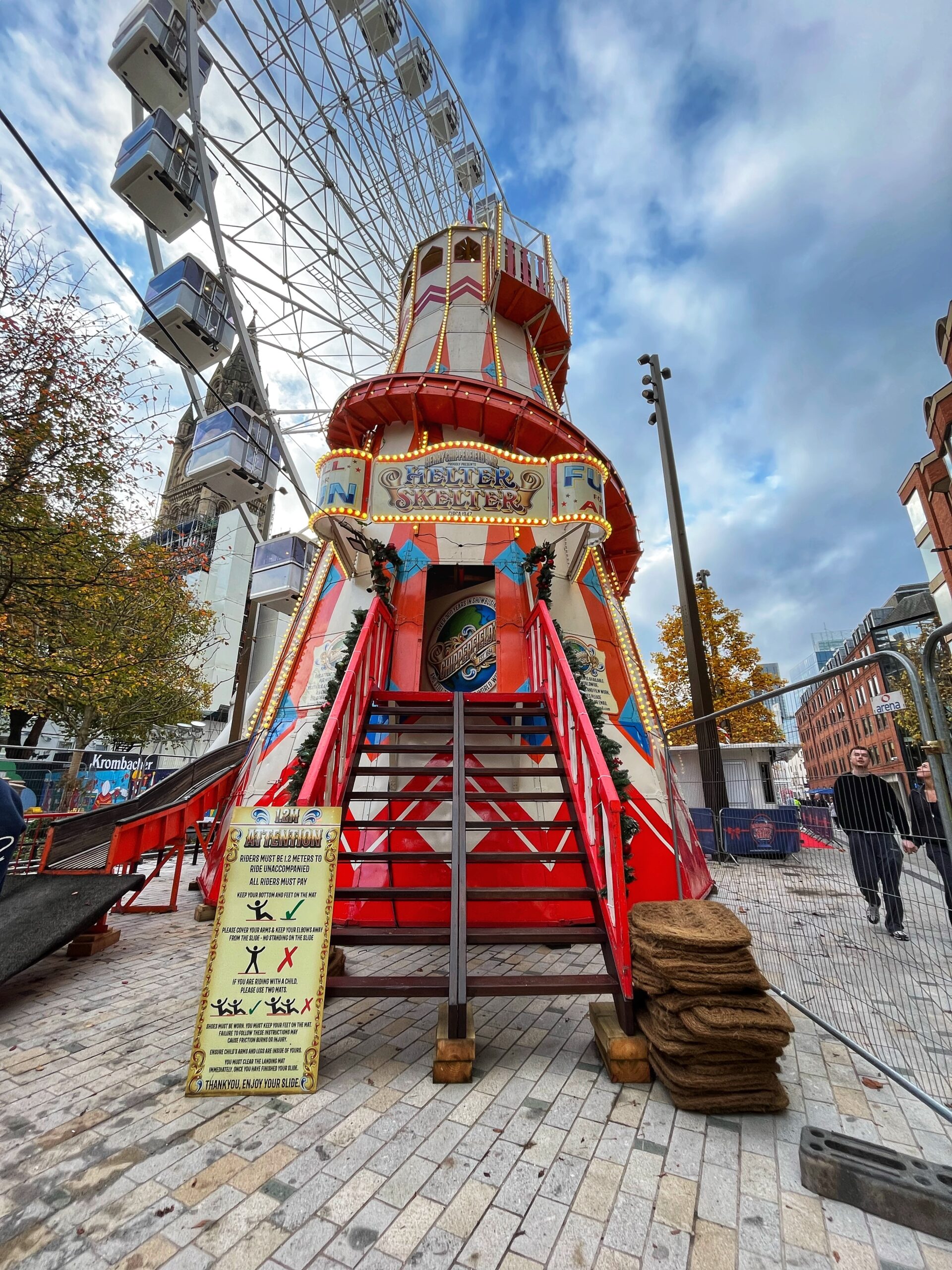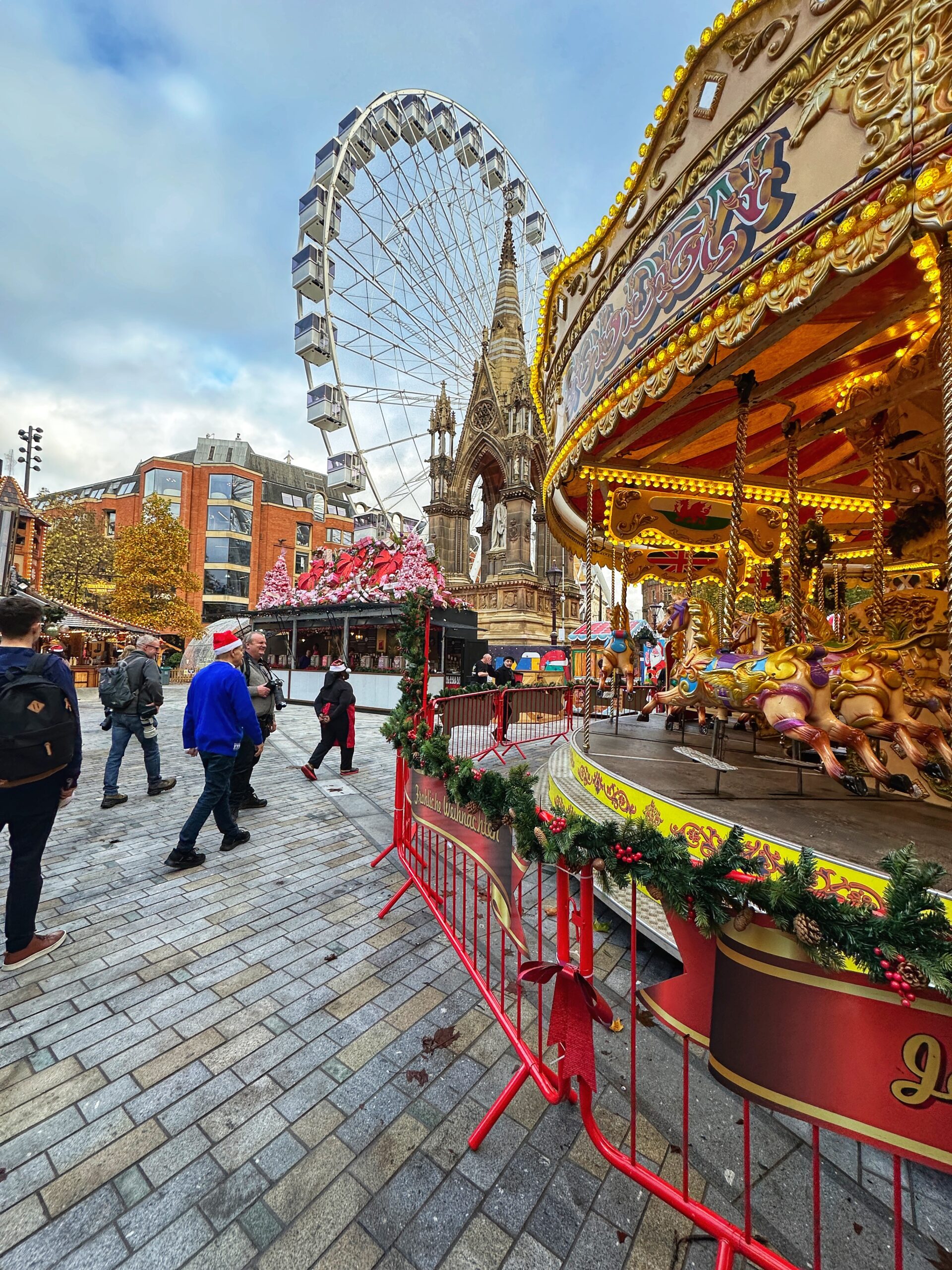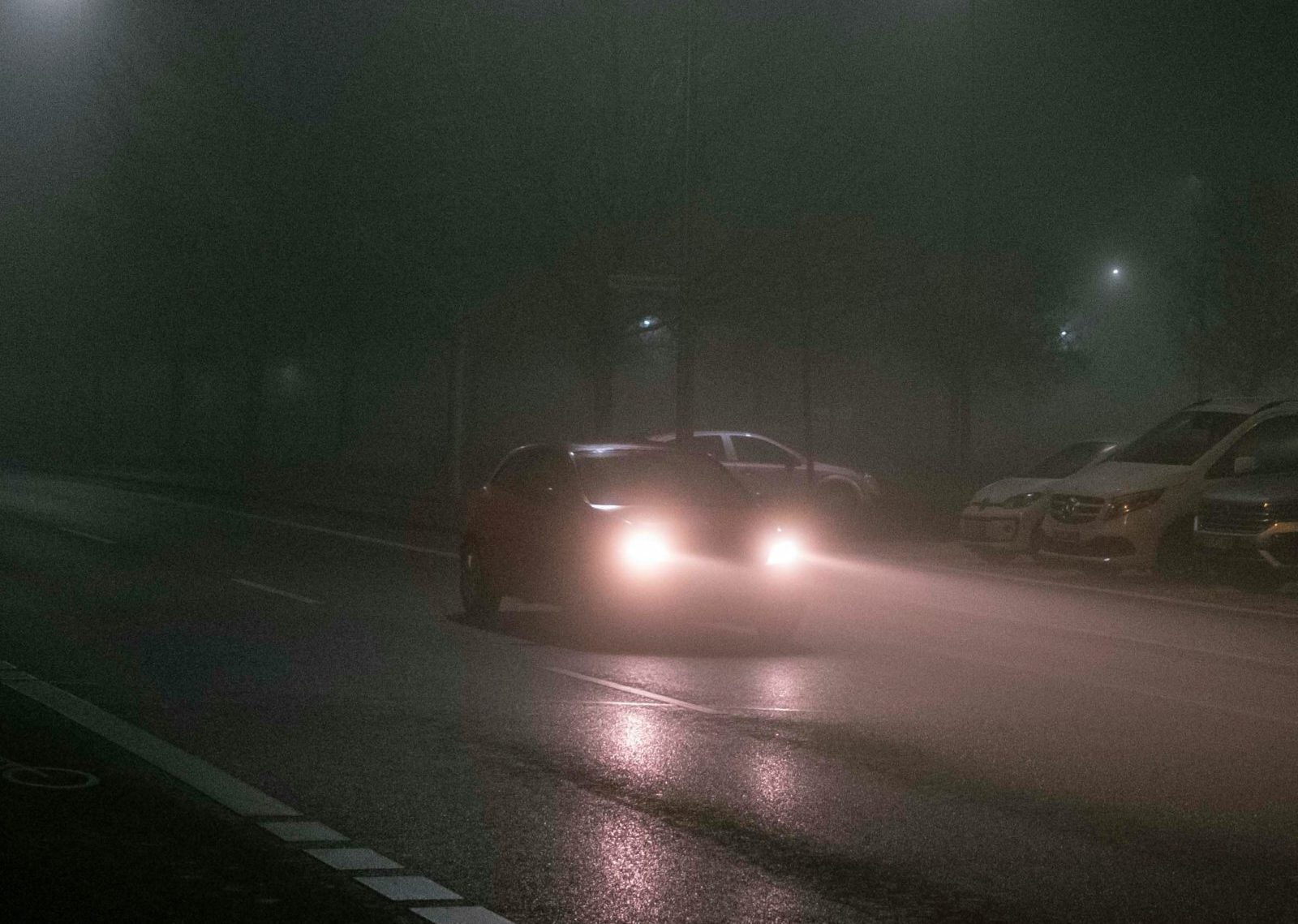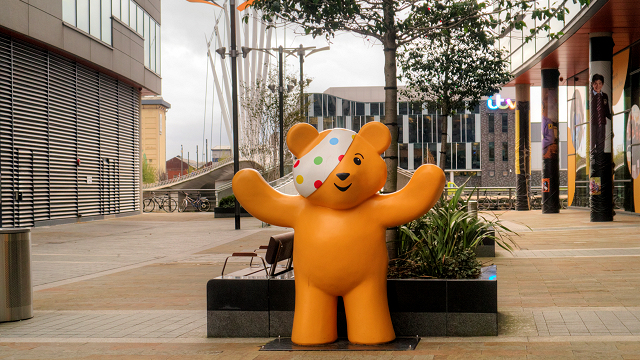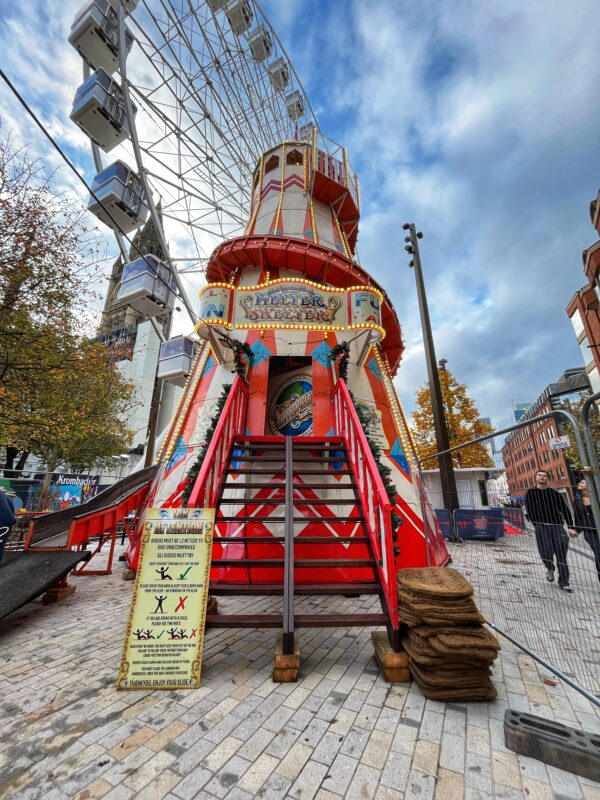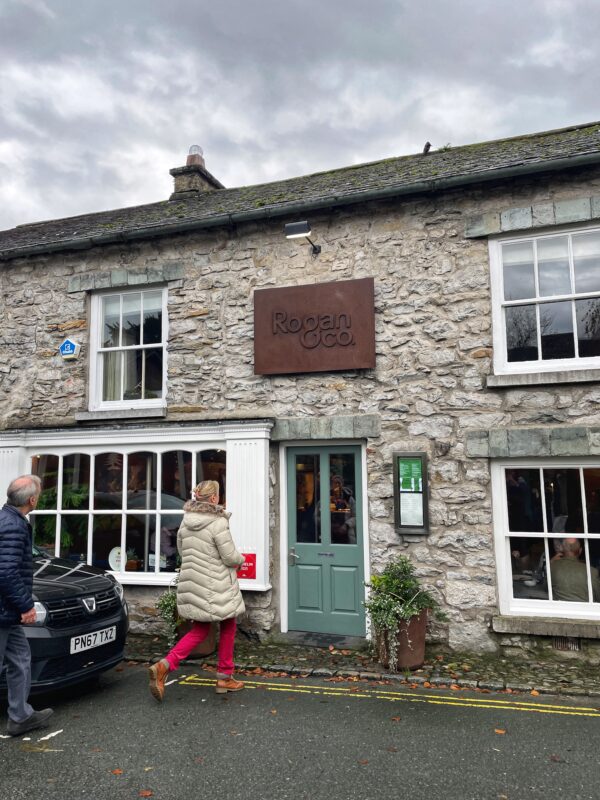News
Hogwarts Legacy reviews look strong but gamers are still set to boycott it — here’s why
Those railing against the game are warning that purchasing it will effectively further harm LGBTQ+ communities.

The Hogwarts Legacy reviews are in and it looks like the long-awaited Harry Potter game might just have achieved what it set out to do: bring the Wizarding World to life for generations of fans.
However, despite being far and away the most talked-about game of the year (at least thus far), it isn’t necessarily all for the right reasons, as despite being highly anticipated by lots of gamers and Potterphiles alike, it has also deeply troubled just as many both within the audience and beyond.
With the reputation of JK Rowling and her books shifting in recent years — and that’s putting it lightly — both the love for the overall franchise and, ironically, the author’s own legacy have already been jeopardised and risk being tarnished even further.
Now, just three days out from the worldwide release and with plenty of people having already got their hands on an early access copy, we thought we’d look at why Hogwarts Legacy is so controversial.
JK Rowling and transphobia
The 57-year-old children’s author was once widely considered a national treasure and role model for working mums who turned a story for her kids into a global phenomenon, but in recent years her comments towards transgender people, in particular, has seen her become a problematic figure.
Starting out with what many saw as just a series of ill-advised likes, shares and inflammatory tweets back in 2020, Rowling decided to double down on her opinions regarding the community and keep going in her supposed opposition, essentially rejecting the idea that trans people can identify as different from the sex from the one they were born or, indeed, as gender-neutral.
Receiving further backlash for comments, Rowling went on to assure that she “respect[s] every trans person’s right to live any way that feels authentic and comfortable to them”, adding that she’d even “march with [them if they] were discriminated against on the basis of being trans.”
Regardless, she stood firm in her stance on how this relates to the experience of cis-gendered women (people who were born and identify as female) and if she wasn’t seen by many as transphobic already, she certainly was after the series of follow-up tweets just a few days later.
Sharing a lengthy article on her personal website entitled ‘TERF wars‘, Rowling proceeded to detail what she believes were “five reasons for being worried about the new trans activism.”
While she insists her life “has been shaped by being female and “[does] not believe it’s hateful to say so”, what she wrote in this now infamous piece was certainly perceived as such by the community it focuses on.
What is a TERF?
The ‘TERF’ label, whether she likes it or not, is something that has now been part of her outward identity ever since. For anyone unfamiliar with the term TERF, it stands for trans-exclusionary radical feminist and essentially denotes a person who does not believe trans people and their experience exists.
While it started out with liking tweets reducing trans individuals to “men in dresses” — an incident one of her PR people called a “middle-aged moment” and said was done by accident — her perceived TERFdom spiralled into Harry Potter stars Daniel Radcliffe and Emma Watson issuing statements to distance themselves from her opinions.
Worse still, back in June 2022, Rowling was pranked by a Russian YouTuber into laughing rather inappropriately at the suggestion of Dumbledore sleeping with a transgender person.
Nevertheless, many obviously feel the issue isn’t cut and dry, especially when she presents paradoxes like writing essays which warn about campaigns for trans rights, but also say trans people “pose zero threat to others” and “deserve protection” in the same breath. She is, at the very least, wrapped in contractions.
The separation between her creation and the game
The issue then is how does the JK Rowling controversy relate to Hogwarts Legacy, specifically? While many believe the game itself is entirely divorced from her opinions, it is still based on an IP (intellectual property) of her own creation and purchasing it will see her financial benefit through receiving royalties.
As a result, people are deeply torn over what message buying a copy would send: ‘Is playing it the same as endorsing someone’s opinions who are seen to be fundamentally harmful to an entire group of people?’, ‘Is boycotting it the only way to show you are an ally?’ and so on.
It is worth noting that like several of the actors who played her characters in the films, Warners Bros. Studios themselves have seemingly distanced themselves from JK Rowling of late too and, obviously, the people working at Avalanche Software and WB Games, who are responsible for the game, don’t necessarily align themselves with her values either.
Moreover, large sections of the gaming community are also highlighting how the proposed boycotting of the game is unfair to the hundreds of developers who have simply worked hard for years and years to bring this much-loved world to life in a fully open-world game.
In fact, it looks as though the devs have even taken steps to make sure LGBTQ+ characters are represented in the game, even choosing to include a transgender character by the name of Sirona Ryan — the first-ever trans person to even be introduced to the Harry Potter/Wizarding World canon.
Read more:
- Active Drinking: the best activity and gaming bars in Manchester
- New comedy is all set and filmed in Manchester — and features a familiar face from The Manc
- The world’s most immersive virtual reality experience has landed near Trafford Park
On the other hand, many people have suggested that the name ‘Sir-ona’ is a dig on the part of the team and merely a “thinly-veiled attempt to make up for the negative publicity“. Equally to the contrary, others have noted that the name is taken from the Celtic goddess of healing, arguing it has no negative connotations and the ‘sir’ part is merely an unfortunate coincidence.
If it isn’t abundantly clear already, the debate surrounding Hogwarts Legacy is not only massive but it’s going to run and run for a long time as people continue to wrestle with their love for the source material it draws from and what they feel the ramifications of playing the controversial game would be.
Not unlike the humanistic issue it centres around, the debate and the decision gamers have been left to make is far from a binary matter.
It goes without saying that we here at The Manc fully recognise and support the transgender community and the importance of the issues being discussed in this article.
For all the latest news, events and goings on in Greater Manchester, subscribe to The Manc newsletter HERE.
Featured Image — WB Games/JK Rowling (via Facebook)

